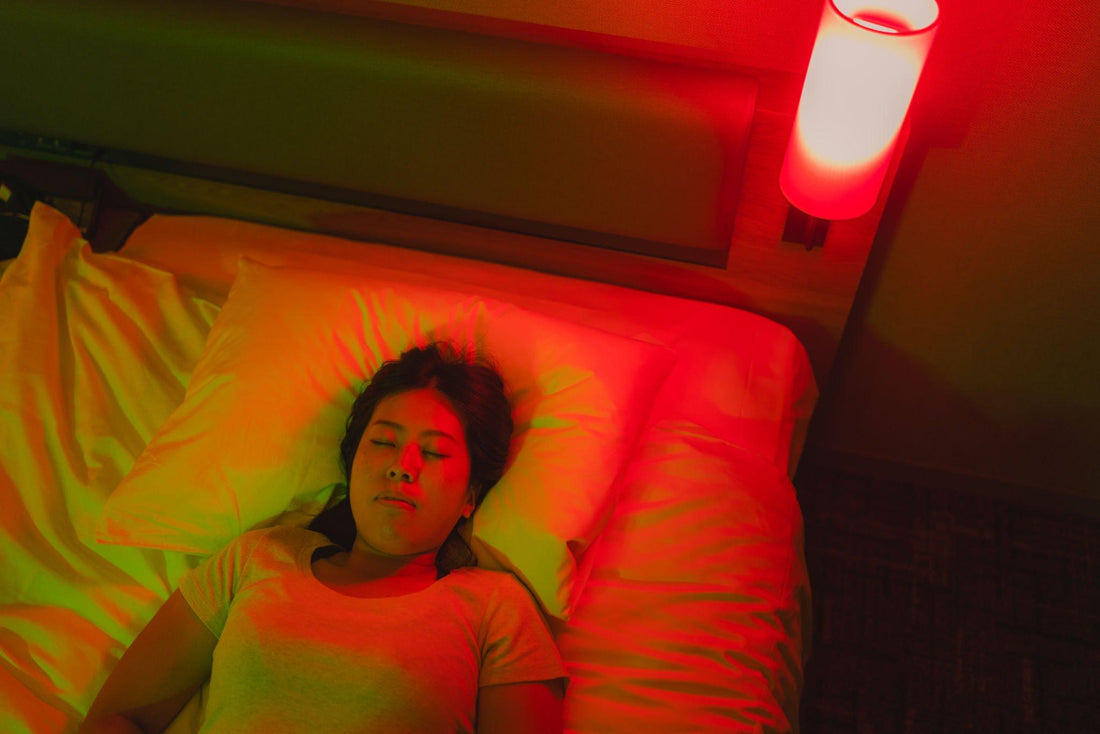
As we strive towards optimal well-being, we often overlook the importance of quality sleep. Are you tired of restless nights and struggling to wake up refreshed? Look no further than red light therapy. With its impressive benefits for sleep, this non-invasive and convenient approach has gained significant attention. In this blog, we will explore the science behind red light therapy for sleep and its potential to revolutionize your nighttime routine.
Understanding Red Light Therapy:
Red light therapy, also known as photobiomodulation therapy, utilizes low-level light wavelengths to stimulate various cellular processes in the body. These wavelengths penetrate the skin and interact with mitochondria, which are responsible for energy production within cells.
The Sleep Connection:
Sleep is a crucial factor in maintaining overall health and well-being. Insufficient or poor-quality sleep is associated with an increased risk of chronic conditions such as obesity, diabetes, and depression. Fortunately, red light therapy offers promising results in optimizing sleep patterns, leading to improved emotional and physical health.
The Science Behind Red Light Therapy for Sleep:
Regulation of Melatonin: Melatonin, a hormone responsible for regulating sleep-wake cycles, can be positively influenced by red light therapy. A study by Rojas et al found that red light exposure increases nighttime melatonin levels, leading to improved sleep quality and efficiency.
Reduction of Cortisol Levels: High cortisol levels, often associated with stress, can hamper sleep quality. A study by Poyares et al showed that red light therapy helps reduce cortisol production, aiding relaxation and promoting a more peaceful slumber.
Enhanced Circadian Rhythm: Our bodies are guided by an internal clock known as the circadian rhythm. Exposure to natural or artificial light helps synchronize this rhythm. A study conducted by Zhang et al demonstrated that red light therapy can help regulate the circadian rhythm, ensuring better alignment between wakefulness and sleep.
Choosing the Right Red Light Therapy Device:
When considering the purchase of a red light therapy device for sleep enhancement, keep the following factors in mind:
Wavelength and Intensity: Ensure that the device emits red light wavelengths in an ideal range. Opt for an intensity that strikes the right balance between efficacy and safety.
Safety Features: Look for devices equipped with built-in timers or automatic shut-off mechanisms to prevent overexposure.
Ease of Use: Consider user-friendly features such as adjustable settings, portability, and compatibility with different sleep environments.
Conclusion:
Red light therapy holds immense potential in revolutionizing your sleep routine. Through its ability to regulate melatonin, cortisol levels, and circadian rhythm, you can expect improved sleep quality and overall well-being. So why wait? Explore the wonders of red light therapy and wake up to a rejuvenated you.
Remember, consulting with a healthcare professional before starting any new therapy is always a wise decision.

